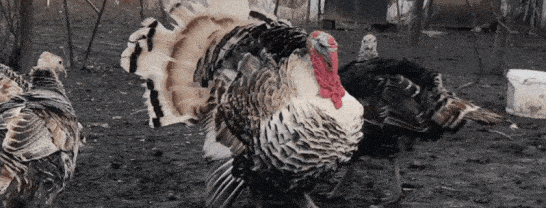Did you know that the history of freight railroads transporting turkeys is closely tied to the development of the American railroad system and the growth of the turkey industry? According to the National Turkey Federation, the turkey industry provides more than 385,000 American jobs and has a direct financial impact of $36 billion, which increases to a total economic impact of $103.4 billion.
Here’s a look at how railroads have supported this vital customer over the years. Learn more about freight rail’s support of the agricultural industry here.
Early 19th Century: The construction of the early American railroad system began in the 1830s. At this time, turkey farming was already a significant agricultural activity, especially in the Midwest and the East Coast.
- Mid-19th Century: As the railroad network expanded, it became an increasingly efficient mode of transportation for goods, including livestock and agricultural products. Turkeys were transported live in crates, primarily during the Thanksgiving and Christmas holiday seasons.
- Late 19th Century: By the late 19th century, the transportation of turkeys by rail had become a well-established practice, especially for long-distance shipments. Railroads developed specialized cars equipped with coops or crates to accommodate live poultry, including turkeys.
- 20th Century: The early 20th century saw further improvements in transporting live turkeys by rail. Refrigerated cars became more common, transporting dressed (but not yet frozen) turkeys. This enabled a longer shelf life for turkey products and expanded the market reach of turkey farmers. In the mid-20th century, the transportation of frozen turkeys became more prevalent as advancements in refrigeration technology allowed for long-distance shipping without the need for live birds. This made turkey products more accessible and contributed to the growth of the turkey industry.
- Modern Era: Today, freight railroads are crucial in transporting turkeys and turkey products. Refrigerated rail cars and improved transportation logistics ensure that turkeys and turkey-related items can be efficiently distributed across the country, particularly during Thanksgiving.
